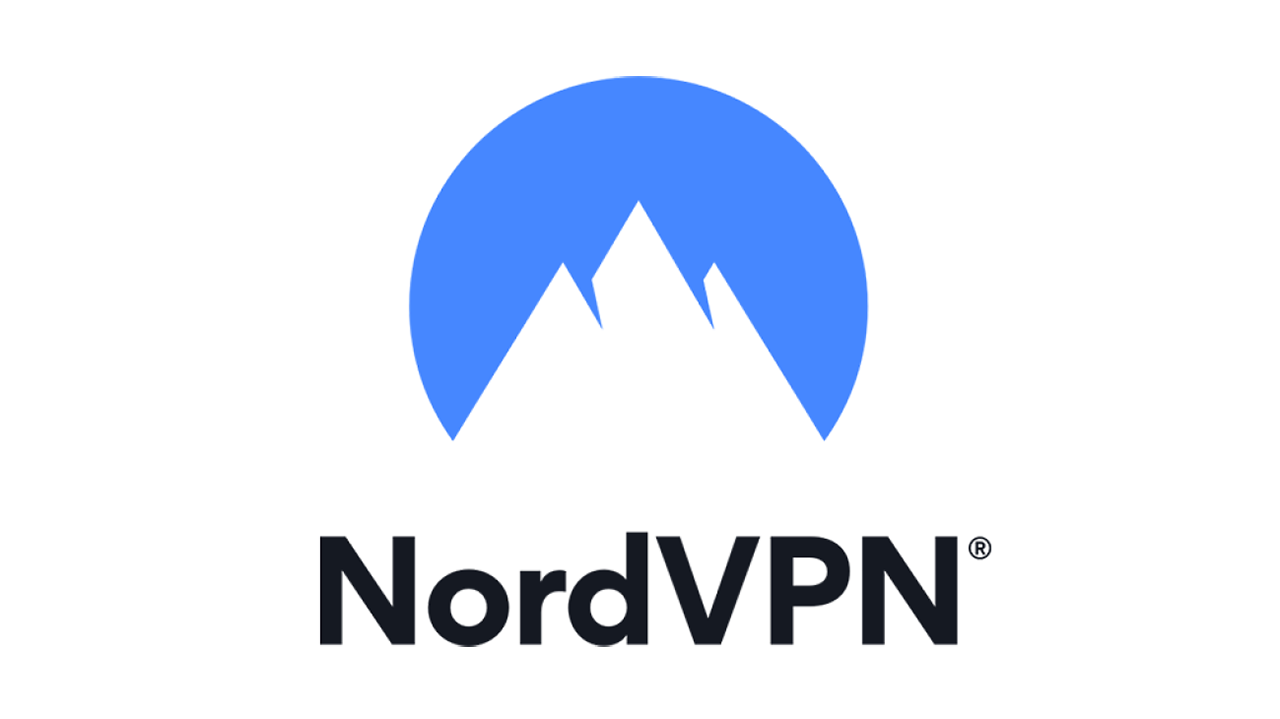Introduction: In today’s digital landscape, where every click, search, and site visit becomes a datapoint, the call for privacy echoes louder than ever. Enter Tor Browser, not just a tool, but a statement in the realm of internet freedom. It’s more than just a pathway to the dark web; it’s a bastion of anonymity in an age where it’s becoming a rare commodity.

Comparison with Similar Applications: While there are several browsers claiming to prioritize user privacy, such as DuckDuckGo and Brave, Tor stands apart in its dedication to anonymity. While Brave blocks ads and trackers, and DuckDuckGo doesn’t store search histories, Tor goes a step further. By routing a user’s traffic through several volunteer-run servers worldwide, it ensures that pinpointing a user’s location or tracking their browsing habits becomes a Herculean task. This level of anonymity is unmatched by mainstream privacy-centric browsers.
Technical Characteristics and Features: Tor’s magic lies in its unique onion routing protocol. Every piece of data doesn’t take the shortest route from sender to receiver. Instead, it is routed through multiple servers, getting encrypted at every juncture. This means even if someone intercepts the data, they only see the last point it came from, effectively cloaking the original source.
Moreover, Tor provides access to “.onion” websites, a significant portion of the deep web otherwise inaccessible through standard browsers. These sites often offer even more privacy-focused features and content.

Pros and Cons:
Pros:
- Unparalleled Anonymity: No other browser guarantees the level of user anonymity that Tor does.
- Access to Deep Web: A gateway to a massive portion of the internet that remains hidden from standard browsers.
- Resistance to Censorship: Can bypass most firewalls and is a boon for those in countries with heavy online restrictions.
Cons:
- Slower Browsing Speed: The multiple server hops, although great for privacy, slow down the browsing experience.
- Learning Curve: Might be daunting for non-tech-savvy users.
- Potential Legal Implications: In some regions, using Tor might draw unnecessary attention from law enforcement.
Personal Experience of Use: Upon launching Tor for the first time, its unassuming interface belied its robust underpinnings. The initial setup, while more involved than standard browsers, offered a myriad of settings to tailor my experience.
Browsing felt different. The knowledge that I was leaving behind no trace, no digital footprints, was both liberating and eerie. Accessing .onion sites unveiled a side of the internet I was only peripherally aware of. But, not everything shone brightly. The slower page load times, especially for data-rich sites, tested my patience. And while I appreciated the thoroughness of the built-in NoScript tool, it occasionally made browsing cumbersome, requiring manual interventions.

Conclusion: Tor Browser emerges as an embodiment of what the original intent of the internet was – a free, open space, devoid of surveillance. It’s an indispensable tool for journalists, activists, and privacy enthusiasts. However, for the average user, the balance between unparalleled privacy and a seamless browsing experience may tilt either way.
In essence, while Tor isn’t for everyone, everyone should be aware of Tor. It stands as a testament to what the digital realm can be when privacy is not an afterthought but a foundational pillar.



